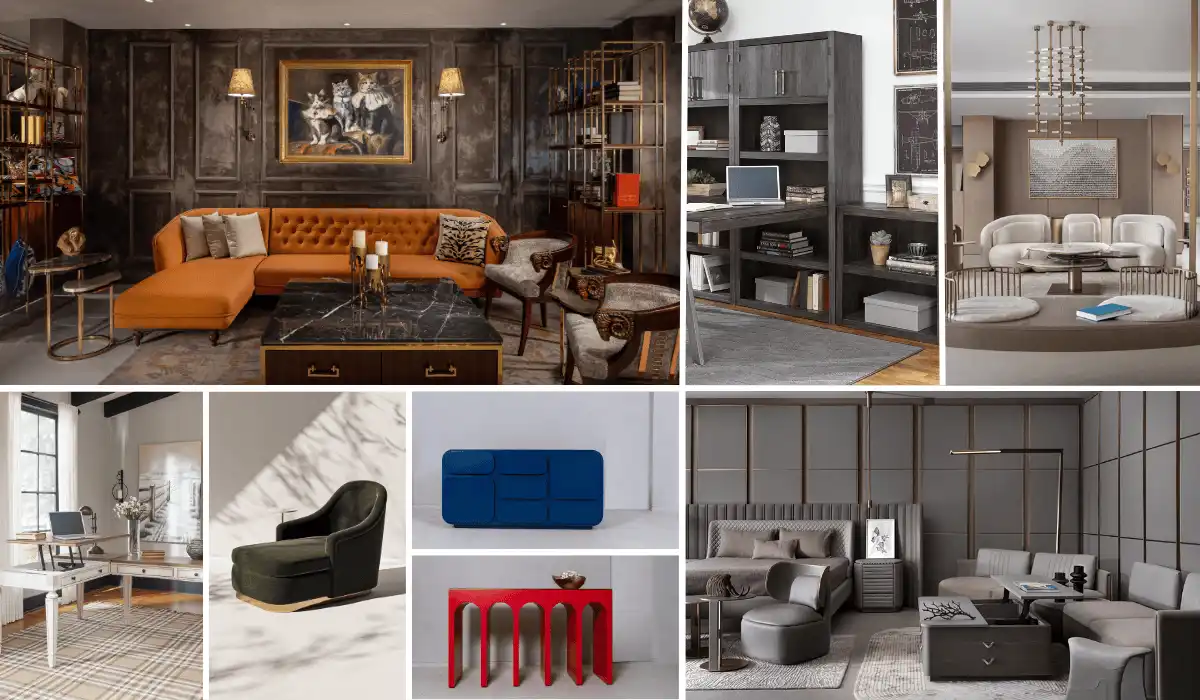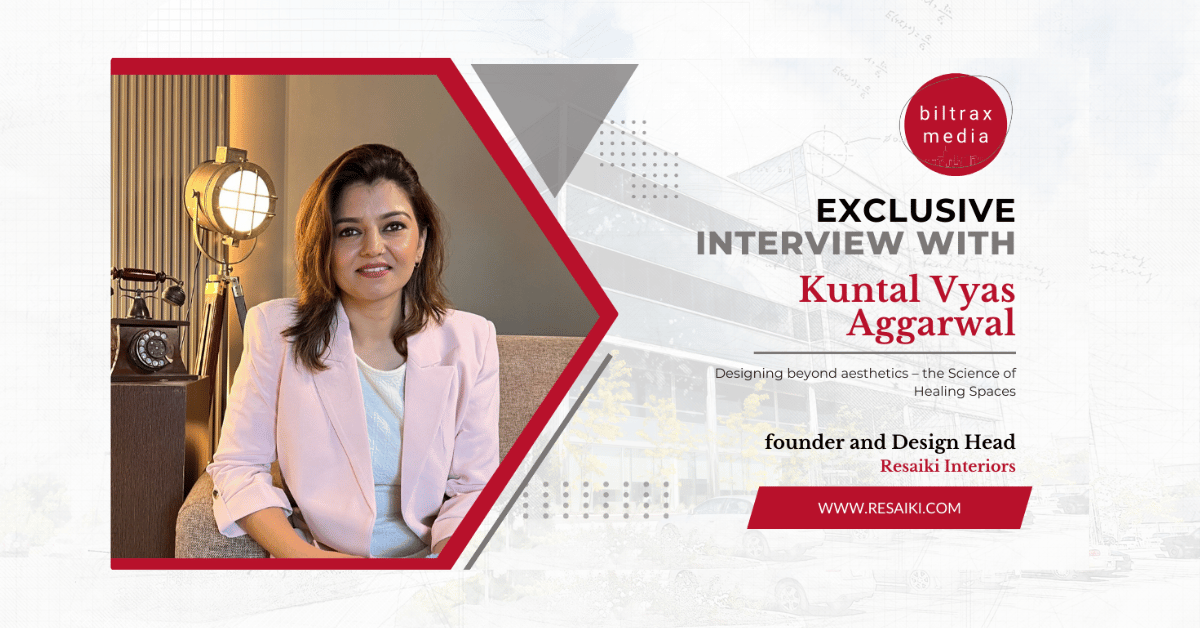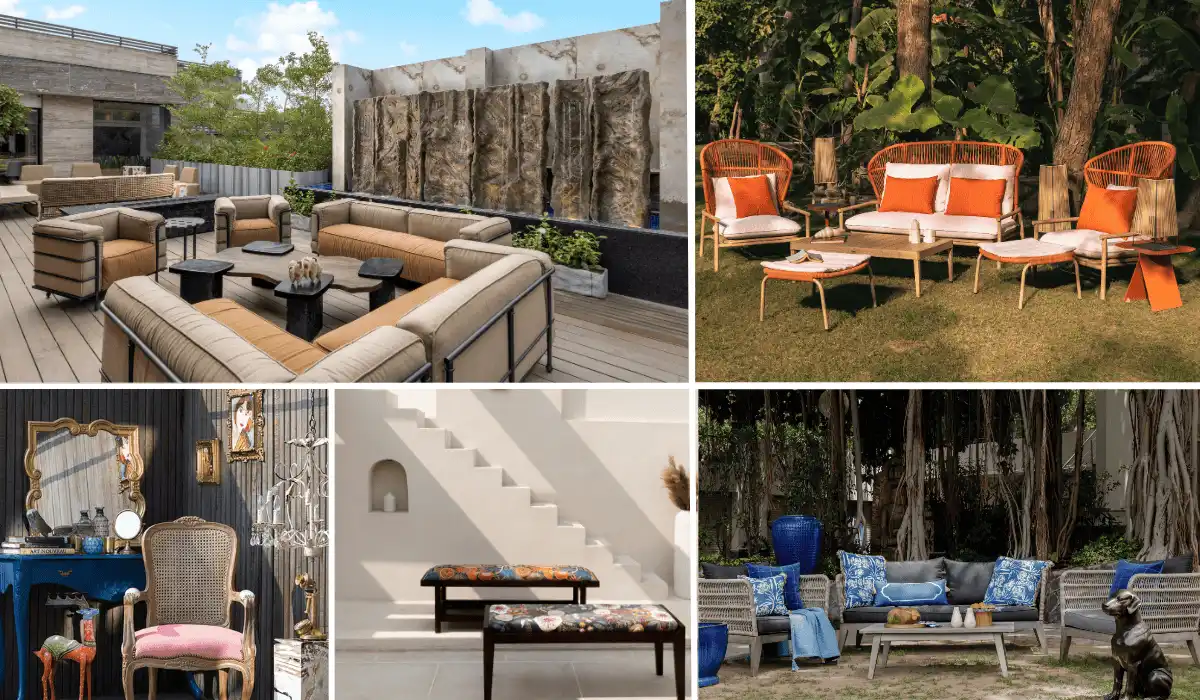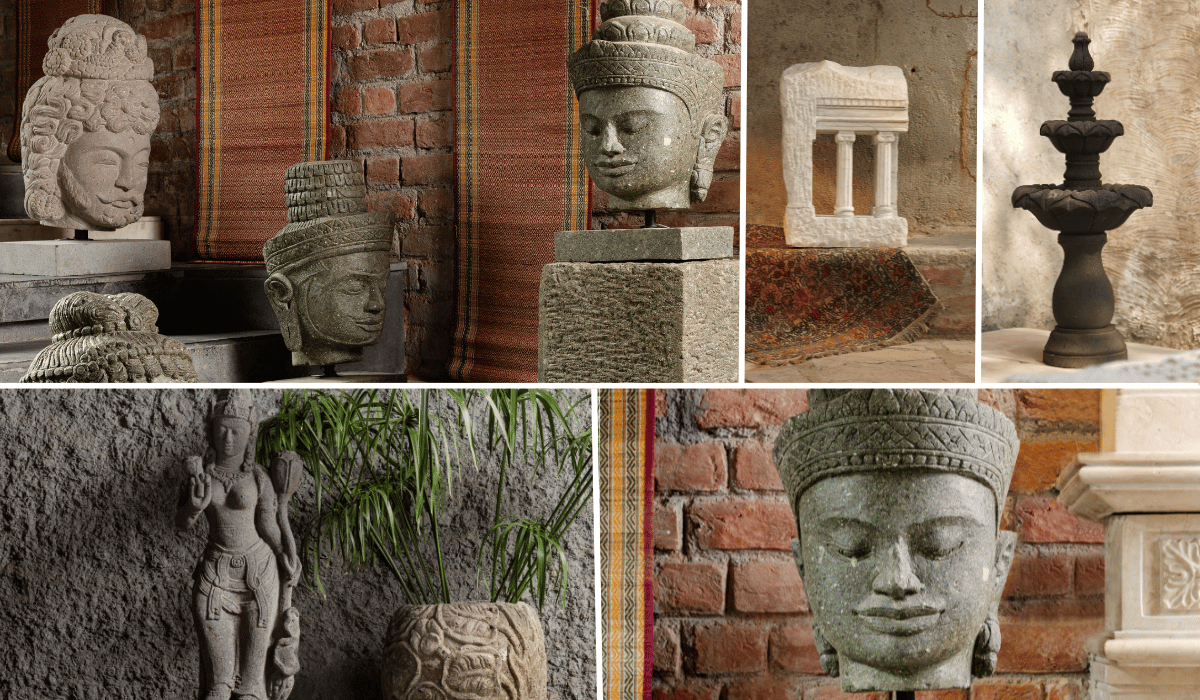At a time when the construction industry is held accountable for 39% of the global carbon emissions, blind depletion of resources is not just unsustainable, but absolutely irresponsible. Tejas Sidnal, the thought leader at Carbon Craft Design, has addressed this problem of waste carbon with an innovative product line where they manufacture upcycled carbon tiles to meet the world construction demands while mitigating air pollution at scale. Handmade by traditional craftsmen, each carbon tile by Carbon Craft Design prevents 30,000 litres of air from being polluted. That’s one full day’s worth of breathable air per person!
What led to the beginning of Carbon Craft Design? When did you decide you wanted to be a carbon entrepreneur and reverse global warming?
The idea of clean air, food, and water, and their relation to architecture has always interested me. During my post-graduation at the Architecture Association, we built a pavilion every year with the intersection of “Material Science – Biomimicry – Computational Design” as larger carbon negative research agendas. Following that, what petrified me was how architects become really responsible for 39% of the global energy-related carbon emissions owing to the construction and infrastructure industry. It all depends on how we, as architects, specify materials and how we decide to build. However, we don’t really have materials that are carbon negative.
So, looking at air-pollution, a global phenomenon made me think about how we can capture this carbon from the air or collect the waste carbon from the factories. Our journey started with brick in 2016, which we failed at because it did not hold any design value. No one wanted to pay for a material that could not be seen. In 2017, we introduced facades as they form the skin of the building. But, the commercial scalability of the façade was not economically viable because relatively very few projects really need an outer skin. In 2019, we arrived at tile, one basic building product, which is scalable and is also a design element.
My goals are inspired from biomimicry where in nature is my primary inspiration to design. There is nothing wasted in nature and one can always inculcate it back into the system. The idea is to create an ecosystem where material is expensive and shape is cheap.
What has been the research and design thinking so far in terms of treating carbon?
Air pollution poses two problems- one, how do you capture or collect carbon from different sources, and second, what do you do with it. Capturing carbon means taking waste carbon directly from the air and utilizing it before it is dumped into a water body or the soil. However, we have never had the technology and expertise to build a machine that could directly capture carbon. Also the quantity of carbon in the air is insufficient to scale it into a profitable business.
While exhaust emissions have been tightly regulated for many years, waste tyre management is completely unregulated and approximately 1.5 lakh tonnes of carbon waste is produced. This waste is burnt at cement kilns since there is no alternative-use case. This causes particulate matter air pollution. We identified this otherwise ignored burning of rCB (recovered carbon black) as a behemoth problem. The carbon we capture, collect and convert is PM 2.5, which is pollutant particulate matter.
Initially, we worked with partners who would collect and capture carbon for us, and we would utilize it for our products. Later, when the pandemic struck, the operational supply chain was disrupted and eventually we started working with factories who reached out to us asking us to use their waste materials or primarily their waste solid carbon. People are cognizant of the problems related to carbon emissions but have no concrete solutions. All they do is either burn it or dump it. This paved a path, where we started collecting carbon from factories, preventing them from releasing their carbon waste into the air by burning it as a cheap fuel.
We identified this otherwise ignored burning of rCB (recovered carbon black) as a behemoth problem.
Once we started making tiles, the next big step was to discover the most carbon-neutral and energy intensive way of making a tile. We started to craft the tiles with a handcrafted technique where local craftsmen were employed. This consumed one-fifth of the energy as compared to any generic vitrified tile.
How do you capture carbon into a tile? Could you walk us through the process of manufacturing a carbon tile?
We have a three-stage process- collect, process and build. Collecting here means the carbon we collect from factories which undergoes a strict analysis where it is tested for usability and application. This collected and approved carbon is sent to our facility in Karnataka where it is processed. Processing involves standardising the carbon as per its application. This processed carbon is finally sent to Morbi, where the tiles are finally built. Morbi is the second largest producer of tile in the world, and here we work with the local artisans. This is our proprietary process which is geographically distributed because you can neither shift the artisans nor the factories. In the future, when demand is more, we hope to have a more centralised facility.


Launching a new product that caters to the environment in an oversaturated market is a big challenge in itself. What were the initial hurdles and how did you overcome them?
After the pandemic hit the world, suddenly the whole world started shifting towards environmental products. So, COVID-19 in a way acted as a catalyst to Carbon Craft Design’s products where end users understood the importance of carbon neutrality. That being said, the cash flow and economy has been highly disrupted. No one wants to pay a premium dime for something they can get for a lesser price. It is important to understand the scalable dimension that other industries have with their decades of operation and huge volumes of demand which in turn considerably reduces their costs. We are relatively new and don’t keep inventory, which does affect our costs. But the traction has been good in an era like this where there are big brands coming who want to associate themselves with the environmental and sustainability aspect of design and construction.
To encourage people using these products, we have safety certifications in accordance with BIS. We also do mock ups and pilots for early adopters. We have been fortunate enough to work with a couple of architects who really encourage their clients to go carbon neutral. This in turn helps build our credibility in the market. It is important for architects and interior designers to advocate for carbon neutrality in order to achieve sustainable design. We don’t know or care about the carbon footprints of any material as long as it is the right shade or finish or geometry. We really need to educate ourselves and in turn our clients about the impact of an increased carbon footprint from ground up.


Could you tell us more about your existing products?
Our cities are filled with stories of cultural identities that were born from the core of humanity. Our standard range, known as Iden Tile, is about touching that core again. These patterns are symbolic art forms of our contemporary taste with a modern twist for our living space. Our premium range, Indus Tile talks about the relationship between mankind and material. Inspired by the magnitude of our consumption of natural resources, the design highlights the changes brought by the Anthropocene period. This series thus upcycles the maximum amount of particulate matter pollution.


What are your future trajectories and how do you envision Carbon Craft Design shaping in the near future? Can we expect more diversification in the product line?
Tile is just a starting point. We want to eventually try and make an entire building from upcycled carbon – furniture, artefacts, full range flooring solutions, bricks and everything that goes into making a carbon negative building. A lot of products are upcoming and are in research and development.
Lastly, what is the role of the construction fraternity in driving climate change?
Architects are the torch-bearers in the construction industry that can lead the sustainable movement. We have to change the way we manufacture and use products. We need to realise that resources are finite. They need to be utilised to their core. The age-old Indian tradition of reusing and upcycling old things should apply to the construction industry as well. I think what we also really need are carbon ratings for building materials. So, it shall be a no-brainer, when we get legitimate and verified scores for the materials we are using.
The idea is to create an ecosystem where material is expensive and shape is cheap.


Carbon Craft Design
Website: www.carboncraftdesign.com
E-mail: info@carboncraftdesign.com
Contact: 99203 80340
Biltrax Construction Data is tracking 17000+ projects on its technology platform for its Clients. Email contact@biltrax.com to subscribe and generate business leads.
Discover more from Biltrax Media, A Biltrax Group venture
Subscribe to get the latest posts sent to your email.

























